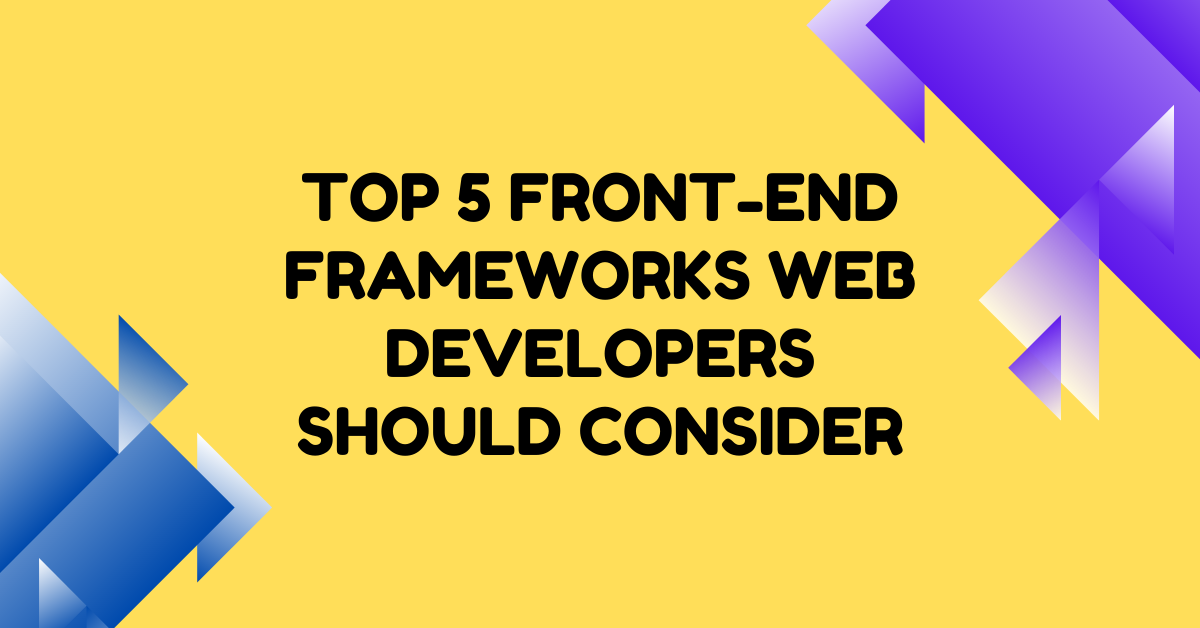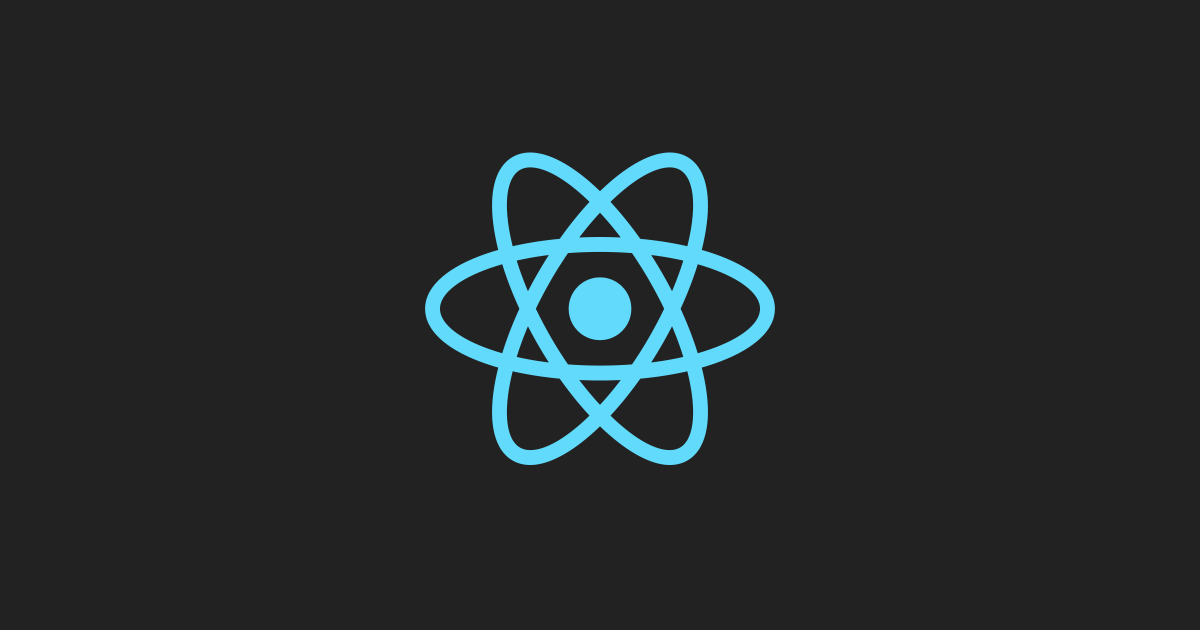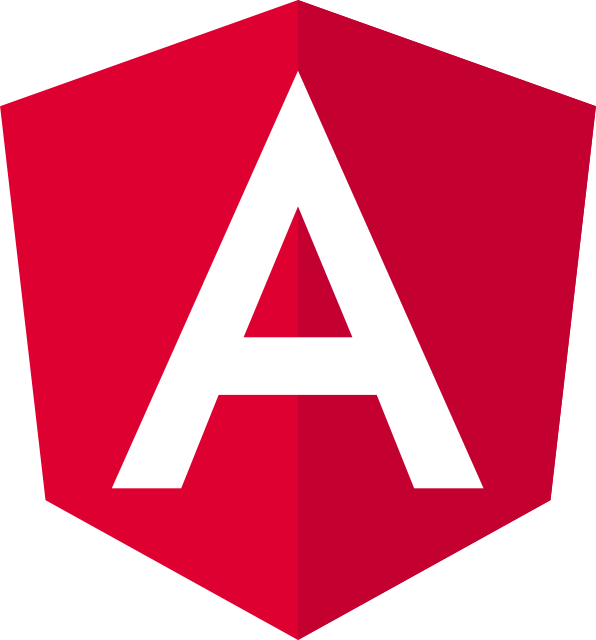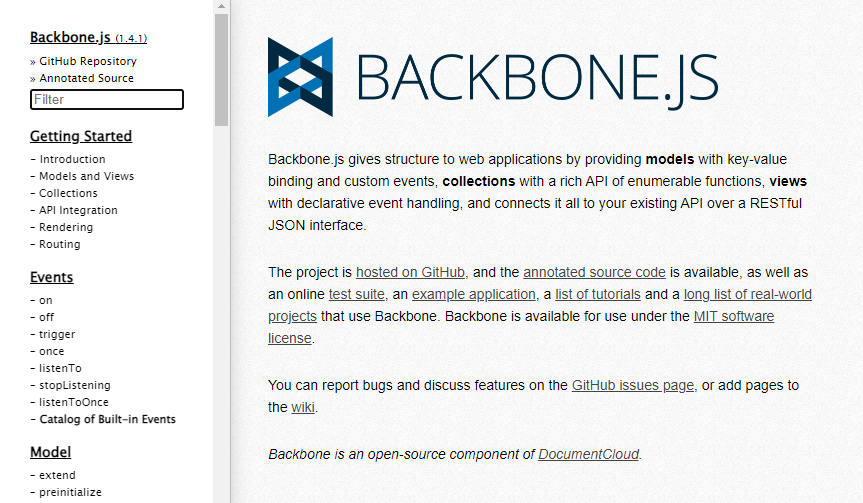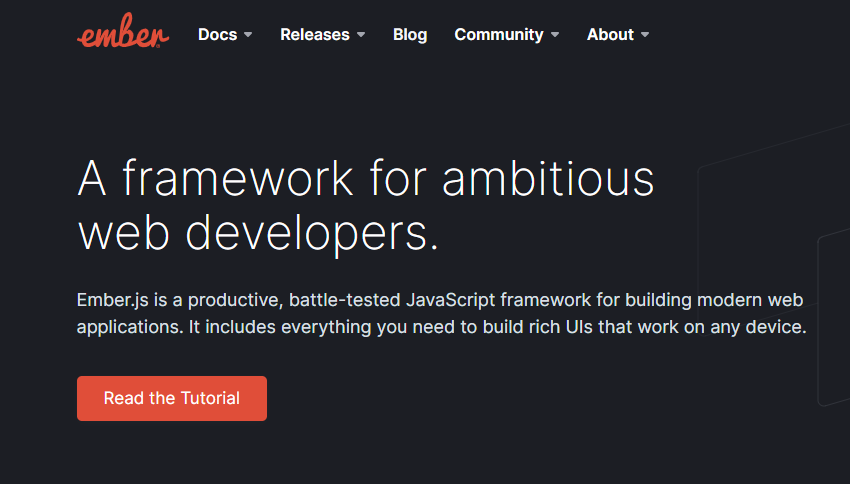Web development is aimed at building responsive websites and speeding up development procedures. Check out the best web development tools you can use for a better programming experience.
Last year, JavaScript remained the most popular programming language among developers. Almost 65% of them, according to the Stack Overflow 2021 Survey, use JS to build websites, single-page apps, and mobile apps. Typescript — a variant of JS — is used by 30% of them.
Front-end developers mainly use JavaScript. While back-end specialists build the product’s architecture, databases, and other server-side components, front-end devs build the visual part of it (or user interface (UI)).
With JS being so popular, it’s no wonder the majority of front-end frameworks, libraries, and other development tools utilize it.
Let’s review the top five of those and figure out how they’re different and beneficial for businesses.
Table of Contents
Top 5 Front-End Frameworks Web Developers Should Consider
1. React.js
React.js is an open-source JavaScript library for building user interfaces with the help of UI components. It was released in 2013 by Meta Platforms, Inc. (formerly Facebook). Now, React.js is one of the well-established libraries — more than 40% of developers reported having it in their tech stack in 2021.
Benefits of this framework:
- React.js employs technologies like Virtual DOM to help developers build fluid UX and dynamic UI. (Simply speaking, it’s a technology that allows websites to react to changes provided by users faster and without needing to “update” the area the website user doesn’t touch. Read more on this here.)
- Because React.js code components are isolated, it’s easy to reuse and update them, saving development time.
- A huge community with a lot of helpful tools for better & quicker programming (React Sight, Redux, etc.)
Limitations:
- React.js growth is so fast that it is hard to find up-to-date technical documentation (and pretty challenging to parse through existing ones).
- Tough to learn, because React uses JSX — a syntax extension that bundles JS and HTML — and is complex and unusual for those who like to keep their JavaScript and HTML separate.
Diversido web development agency personally recommends React.js as it is a robust and highly functional front-end library. Its capabilities fit large-scale web applications with rich UI for enterprises and small projects.
2. Angular 2+
Angular 2+ is a TypeScript-based framework released by Google in 2016. Angular was used by 22.96% of developers as the main web framework in 2021.
Benefits of this framework:
- The component-based structure of Angular makes creating UI easy & quick because components are reusable.
- TypeScript, while being a variant of JS, has more useful functionality for development than JS: e.g., it’s simpler and finds more errors. It increases code maintainability.
- Angular is a good choice for products that are built to be scaled because of its versatility.
- Community support by Google is a significant factor that leads to better documentation and pre-built components from Material Design.
Limitations:
- Angular is more complex than React.js because the latter utilizes a lot of third-party components, while Angular uses more “native” tools. (For instance, while React.js has to utilize third-party tools like Redux for state management, Angular has tools for that out-of-the-box.) So, Angular is quite hard to learn, even though JSX drags React.js down a bit.
Angular is good for enterprise-scale, heavy projects because they need stability and sustainability provided by TypeScript.
3. Vue.js
Vue.js is an open-source, JavaScript-based framework released by Evan You in 2014. Technically, the front-end side of apps developed with Vue.js is a set of components that are rerendered each time a user interacts with them (but only these particular components — Vue.js, as React, uses Virtual DOM).
Benefits of this framework:
- Ensures great app performance because of its rendering
- Provides users with extensive documentation and is simple to learn quickly.
- It’s flexible: Vue.js streamlines both development from scratch and integration, so it’s perfect for updates for existing SPAs.
- Lightweight
Limitations:
- The community is young, so there aren’t many third-party components to add
Vue.js is very popular in China, and GitLab, a DevOps company, actively uses the framework for its software.
4. Backbone.js
Backbone.js is a JavaScript library initially released by Jeremy Ashkenas in 2010. It’s known for being stable, minimalistic, and versatile. This makes it one of the best web development tools.
Here are the benefits of this framework:
- It features support for RESTful API — a technology that, simply saying, “exposes” the app’s data for a back-end — server-side “core” of what the user sees. That means it’s easy to create apps for mobile and desktop using the models built for websites or SPAs.
- Backbone.js is lightweight and quick.
It also has limitations to take into account:
- Backbone.js handles large data structures poorly, so it’s not a perfect choice for enterprise-scale projects.
- It’s not a good pick if you’re hiring junior developers because it’s too complex to operate.
Backbone.js can be recommended for developing single-page web apps or websites for small audiences.
5. Ember.js
Ember.js is a Java-based framework released by Ember Core Team in 2011.
Here are the benefits of this framework:
- It has a well-developed ecosystem that integrates easily with out-of-the-box features and add-ons.
- It supports the Command Line Interface and has a tech stack that encourages good coding practices: people write code with less complexity and more organization, which means it’s easy for new developers on the project to get a handle on it.
- Has a toolkit for the quick and productive development of scalable apps.
It also has limitations to take into account:
- Has a small community.
Ember.js was designed as a robust framework for SPAs and mobile and desktop apps. Apple Music was built with it.
Bonus: Must-Have Web Development Tools to Know About
The mentioned frameworks are market leaders. However, there are more tools that developers may consider adding to their tech stack. Here is the list of helpful front-end instruments:
- Sublime Text is a text editor for coding in a split editing mode.
- Font Awesome is a library with open-source icons and a toolkit for creating them.
- The W3C Markup Validation Service is a free but powerful tool for checking the syntax of web pages. Also, it’s good for figuring out if your product follows the rules of accessibility.
- Sass, a CSS extension language that helps developers share design across projects.
- Grunt is a task runner that helps automate repetitive tasks such as complication, unit testing, minification, and others.
FAQs on Choosing a Front-End Framework
What factors should I consider when choosing a framework?
- Project requirements: Consider the complexity of your project, the need for specific features, and the desired level of flexibility.
- Your team’s expertise: If your team is already familiar with a particular framework, it might be more efficient to stick with it.
- Learning curve: Some frameworks have a steeper learning curve than others. Evaluate the time investment required for your team to learn and adopt the framework.
- Community and support: A large and active community can provide valuable resources and assistance when needed.
Is there a “best” framework?
There’s no single “best” framework. Each framework has its strengths and weaknesses, and the best choice depends on your specific project needs and team preferences.
Can I use multiple frameworks in one project?
While not always ideal, it’s sometimes possible to integrate components from different frameworks within a single project. However, this can add complexity to your codebase and maintenance.
What are some other promising front-end frameworks to watch?
The front-end landscape is constantly evolving. Frameworks like Svelte, Ember.js, and Next.js are also gaining traction and might be worth exploring.
Where can I learn more about these frameworks?
The official documentation for each framework is a great starting point. Many online tutorials, courses, and communities can provide in-depth learning resources.
Should I learn a framework if I’m a beginner?
While frameworks can be beneficial, it’s helpful to have a solid understanding of fundamental web development concepts like HTML, CSS, and JavaScript before diving into a framework.
By considering these factors and exploring the options available, you can choose the best front-end framework to enhance your web development workflow and create exceptional user experiences.
A Final Word On the Best Web Development Tools
Finding a framework that fits your project — its scale and purpose — boosts it.
Note, that success also depends on the developer’s skills — people who work with Backbone.js for years are skilled at making it do what they want to, but people who’ve just switched from React might find its structure challenging.
Tools aren’t everything, but they are assets in the right hand.
INTERESTING POSTS
- How To Be A Badass Front-end Developer
- Free VPN vs Premium VPN – Which one should I go for?
- Managing Open-Source Vulnerabilities Like A Pro!
- Multi-Platform Malware Framework ‘MATA’ On A Global Rampage
- Cloud Security: Why Companies Should Not Fear To Move On The Cloud?
- 12 Companies For Outsourcing Web Development [MUST READ]
About the Author:
Gina Lynch is a VPN expert and online privacy advocate who stands for the right to online freedom. She is highly knowledgeable in the field of cybersecurity, with years of experience in researching and writing about the topic. Gina is a strong advocate of digital privacy and strives to educate the public on the importance of keeping their data secure and private. She has become a trusted expert in the field and continues to share her knowledge and advice to help others protect their online identities.
Meet Angela Daniel, an esteemed cybersecurity expert and the Associate Editor at SecureBlitz. With a profound understanding of the digital security landscape, Angela is dedicated to sharing her wealth of knowledge with readers. Her insightful articles delve into the intricacies of cybersecurity, offering a beacon of understanding in the ever-evolving realm of online safety.
Angela's expertise is grounded in a passion for staying at the forefront of emerging threats and protective measures. Her commitment to empowering individuals and organizations with the tools and insights to safeguard their digital presence is unwavering.


